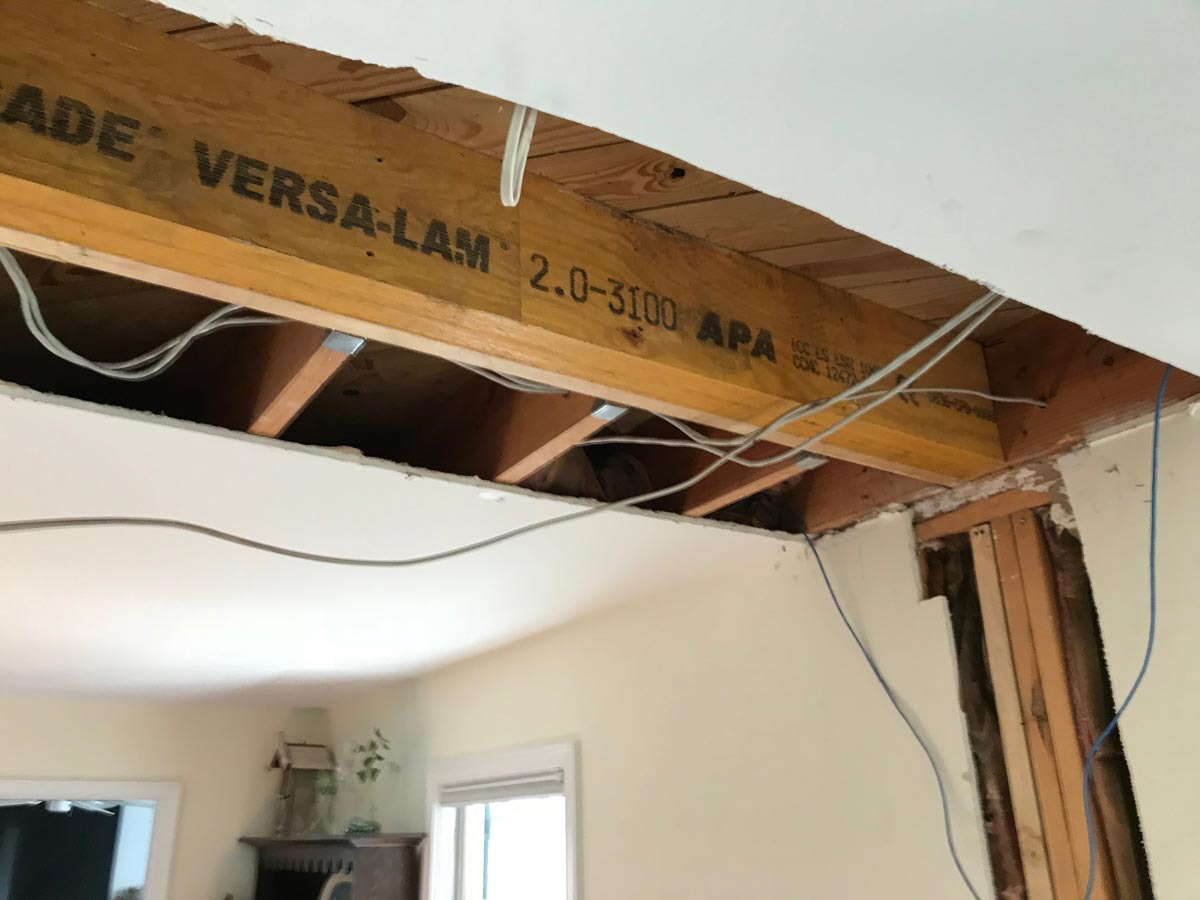How To Budget for Your Home Remodeling Project
Embarking on a home remodeling project is an exciting venture, but one that requires careful financial planning. Understanding how to create and stick to a home remodeling budget is crucial for a successful and stress-free experience. Without a clear financial roadmap, costs can quickly spiral out of control, leading to frustration and delays. This guide will walk you through the essential steps to budget effectively for your home transformation.
The first step in any successful remodeling project is a realistic assessment of your financial situation. Before you even think about design choices or material selections, determine how much you are comfortable spending. This isn’t just about what you can afford, but also what you want to invest. Consider your savings, potential loans, and any other financial resources. Furthermore, consider your current equity and the potential post-construction equity you will have in your home. Once you have a top-line number, you can begin to allocate funds.
Breaking Down Your Remodel Budget
Next, contractor proposals will break down your project into distinct categories. This will help you visualize where your money will go and identify areas where you might be able to save. Typical categories include:
- Labor Costs: This often represents the largest portion of your home remodeling budget. It includes the fees for contractors, electricians, plumbers, painters, and any other skilled tradespeople involved.
- Materials: From flooring and cabinetry to paint and fixtures, every item you purchase falls under this category. Research different material options and their associated costs to make informed decisions.
- Permits and Fees: Depending on the scope of your project and local regulations, you may need to obtain various permits. Don’t overlook these essential costs, as they can add up.
- Contingency Fund: This is arguably the most critical, and often overlooked, part of a remodel budgeting plan. Allocate at least 10-20% of your total budget for unexpected issues. Remodeling can uncover hidden problems, and having a buffer will prevent financial panic.
- Design and Architectural Fees: If you’re working with a designer or architect, their fees will be a separate line item.
- Indirect Costs: These likely won’t be covered in your proposals, but you should consider them in your overall budgeting. Think about things like temporary living arrangements if you’re displaced during the remodel, or the cost of eating out more often if your kitchen is unusable. The cost to store/move furniture and belongings, new furnishings for new added space, and things like window treatments, wallpaper, and other design elements not provided by your builder.
What Does It Cost to Remodel?
When considering remodeling costs, remember that prices can vary significantly based on the size and complexity of your project, as well as the quality of materials and labor. For instance, design and material choices significantly impact the total cost of similar projects. The cost of a complete kitchen overhaul will differ significantly from that of a multi-room renovation or a substantial home addition.
Visiting local showrooms and businesses can help you to get rough estimates.
Consider:
- Cabinetry
- Tile
- Appliances
- Flooring
- Plumbing fixtures
- Electrical/lighting fixtures
- Hardware
- Fireplace inserts
- Windows & exterior doors
Doing your research on average costs for similar projects in your area can provide a useful benchmark.

Choosing a Charleston Home Remodeling Contractor
Getting multiple bids from reputable contractors is another vital step. While it might be tempting to go with the lowest bid, remember that quality and experience matter. A detailed bid will outline all costs, materials, and a timeline. This allows for clear comparisons and helps prevent hidden fees later on. Be aware that all builders do not provide the same amount of detail in the variable costs or Allowance items section of their bid. It is important to make sure you have a clear understanding of these nuanced sections of each bid.
When looking for a Charleston home remodeling contractor, prioritize those with a strong track record and transparent pricing.
Remodeling a Home in Charleston: Local Considerations
Finally, remember that remodeling a home in Charleston comes with its own unique considerations, from local building codes to the specific architectural styles prevalent in the area. Working with a contractor who has experience in the Charleston market can be invaluable in navigating these nuances and ensuring your project runs smoothly and within budget.
Successfully budgeting for your home remodeling project requires discipline and foresight. By following these steps, you can create a realistic home remodeling budget that accounts for all potential costs, minimizes surprises, and ultimately helps you achieve the home of your dreams without financial stress. For those looking to undertake a significant remodel, partnering with experienced professionals can make all the difference.
Contact Stono Construction for best-in-class project management. We look forward to making your home dreams a reality.
